-
Posts
2,470 -
Joined
-
Last visited
-
Days Won
2
Content Type
Profiles
Forums
Blogs
Gallery
Events
Store
Posts posted by dante
-
-
French Medaille Militaire, Named Crimea medal and 1859 Italian campaign to "Jean Danard, 1er régiment de voltigeurs de la Garde impériale, born on the 31st of January 1821 in Saint Just (Ille-et-Villaine). Matricule Number – 811.
Caporal /Sergent, ((posted from Caporal in 2e Compagnie, 2e Bataillon, to Sergent in 3e Compagnie, 3e Bataillon, 4th July 1859).
He was promoted to Sergent after Solferino - which means he starts to appear in the "Feuilles de Journées" from Q3 1859. (The "Feuilles de Journées" are equivalent to the british "Day Books").
Retired in 1869 after serving 25 years and 10 campaigns (35 years for pension). Awarded Médaille Militaire, décret : 22/11/1862"2 -
Crimea medal clasp Sebastopol, Turkish war medal (named to Sergeant W Coleman, Land Transport Corps (LTC) and unnamed Italian independence medal
William Coleman was born in Southwark in approximately 1835 and enlisted into the army 14th October 1854
He was noted as 5ft 6ins tall
Joined the 13th Light Dragoons in the Crimea on the 1st August 1855 (The regiment had taken part in the charge of light brigade on the 25 October 1854).
Sent to Scutari on the 10th October 1855 and noted as being in hospital from the 24th of October.
Transferred to the 12th Battalion, Land Transport Corps (Military Train) on the 31st October 1855.
He deserted from the LTC on his return to the Curragh in January 1857.
We next find him as a volunteer with Garibaldi’s British Legion.
The Roll of Volunteers has him living at 9 Peters Lane, John St, Smithfield, London. Height 5ft 6ins, with previous service in the Land Transport Corps.
The British Legion (Italian: Legione Britannica) was a military corps composed of English and Scottish volunteers, who in 1860 joined Giuseppe Garibaldi during the Expedition of the thousand and fought for the unification of Italy, together with the Italian Redshirts, as part of their Southern Army against the Bourbon Army of the Kingdom of the Two Sicilies.
Officially they were "Garibaldi Excursionists" to avoid any problems of diplomatic appearance.
The Legion landed in Naples on 15 October 1860 and took part in a fight, under the command of John Whitehead Peard in Sant'Angelo up to the wall of Capua, where two volunteers were killed and eight wounded.
On the 29th October while the Legion was moving from the Volturno to Teano (approximately 20miles), they had received no food or water rations and approval from Colonel Peard to seek what they can on the march.
According to contemporary newspaper accounts, five privates of the Legion including William went out to a deserted house and took chickens and a pig, this was reported to Garibaldi who ordered the five to be shot.
On appeal the five were given two-year prison sentence at the he Vicaria Prison of Naples, the largest of the Kingdom, which was housed in the cellars of Castel Capuano.
They were held for a month at Vicaria living on a diet of horse beans boiled in salt and then moved to the hospital of San Francisco, they were held for three months until an appeal was undertaken by the Officers and NCOs of the Legion to King Victor Emmanuel.
They were released in January 1861 but refused pay and bonus and sent home penniless.
Sadly this is where we lose William….there are a number of William Coleman noted in or around London during this period, a Cabinet maker, Coachman and maker of medical instruments... nor can we confirm the1865 Italian independence medal, but we do know that for all his trials and tribulations...his medals survived.2 -
Looks to be Richard Higgs, 8th Company 1st Battalion Royal Artillery
0 -
Thanks Andreas, but I think he would have had the surname Macintyre added to the medal
0 -
Crimea clasp Sebastopol, Engraved to “Major J.E. McKenzie” no unit, no one of that name and initials is in the Army list or Ancestry CRIMEA medal roll…have searched all online resources….welcome any assistance finding Major McKenzie ( while appreciating that he may not be entitled (Turkish contingent) he must have at least existed?
thanks for looking,
Paul
0 -
-
-
Many thanks Andy, the medal was originally purchased in Dorset about 20years ago, sadly missing the Victory medal, would it be possible to post some of the photos you have? Also he was previously with a French ambulance unit, would you have any details?
0 -
40 minutes ago, Andy Morrison said:
My great grandfather Herbert William was the HW Morrison referred to in the above posts, I have many photos of him serving in Northern France in the Ambulance service, before he was sent to Belgium.
I'm keen to know how his medal came to be in the US, we weren't aware that he had any. All information is appreciated
Many thanks Andy, the medal was originally purchased in Dorset about 20years ago, sadly missing the Victory medal, would it be possible to post some of the photos you have? Also he was previously with a French ambulance unit, would you have any details?
0 -
Excellent research from everyone ?
0 -
It appears that as a foreigner, he could only be volunteered (EV) for the Foreign Legion.
But as he applied for French nationality, they did not even wait for him to be naturalized before assigning him to a regiment of Zouaves. He was therefore never incorporated into the Foreign Legion.0 -
-
Yes cork
0 -
Great collection
0 -
-
-
French private purchase lightweight Adrian helmet, named to Captain Guillaume Latuille, who born in Saint-Jean-de-Luz is a fishing port on the Basque coast 22 May 1891
Enlist in the ranks and promoted for gallantry during 1914-18
Croix De Guerre, First citation, on the 4th of February 1915. “Demonstrated bravery and cold-blooded attitude during night combat, protecting the
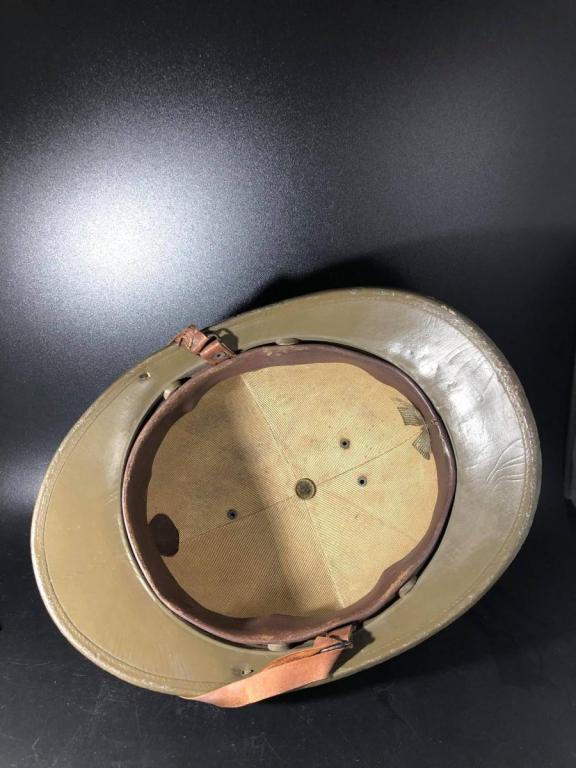 unit from heavy fire.”
unit from heavy fire.”
- Second citation, 15 March 1917: “Remarkable officer in every aspect. As a model leader of his section, demonstrated calm bravery and absolute contempt for danger by ensuring a successful link-up with a neighboring unit despite heavy artillery bombardment. Maintained his troops in order while under violent fire and organized all the aspects of an essential position.”
- Third citation, 26 May 1918: "Directed an ambush in a forest within enemy lines, and demonstrated brilliant qualities; daring, and effective decision making which assured the success of the operation.”
- Fourth citation, 1 September 1918: “Elite officer known by everyone for his courage and enthusiasm. He assured the link-up between his regiment and a neighboring corps. Worked tirelessly to carry out this difficult task. 12 August 1918 vigorously led his section to assault the ruins of an enemy-held “castle” despite heavy machine-gun fire. Wounded in action."
Transferred to the 3eme Bataillon d' Infanterie légère d' Afrique 1919 in Morocco
Awarded Citation Croix de guerre des théâtres d'opérations extérieures for the Battle of L’ajgou, Brilliant officer, having a high conception of duty. On September 4, 1921, during the combat, as the head of the machine-gun section, he took the most judicious measures and made the enemy turn tail… With grenades, he personally destroyed an enemy nest embanked behind a rock"
He left the army (Discharged from the 24eme Regiment ) in 1933 and sadly died in 1936.
0 -
On 30/05/2021 at 08:29, Chris Boonzaier said:
I am busy reading a fantastic study of Germans in the Foreign Legion. Apparently in the late 1940s you actually needed parental permission to join if you were under 20, but Germans 18-12 were accepted without. It was a political issue until the French changed it in about 1951.
So this from 1948 is quite interesting, either he lied about his date of birth, or the recruiter suggested he did... then at a later date it was rectified.
He did 2 years in Indochina, but was repatriated with a bunch of nasty bacteria... can anyone make any sense of the column on the right?
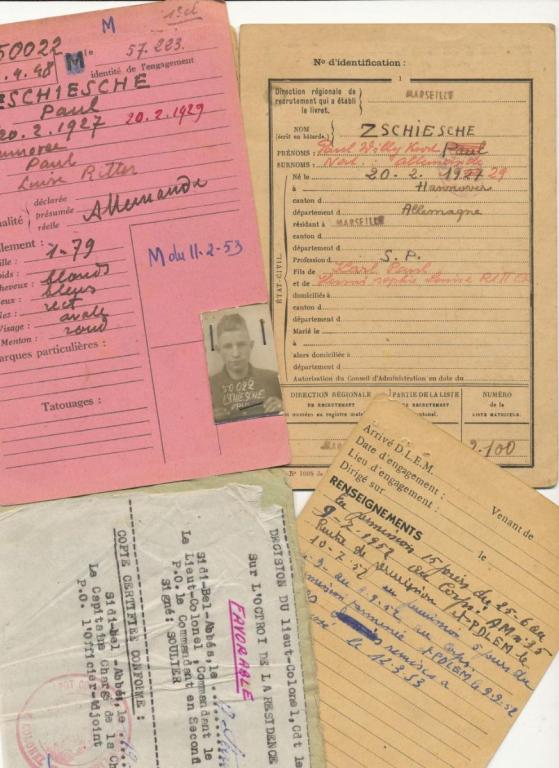
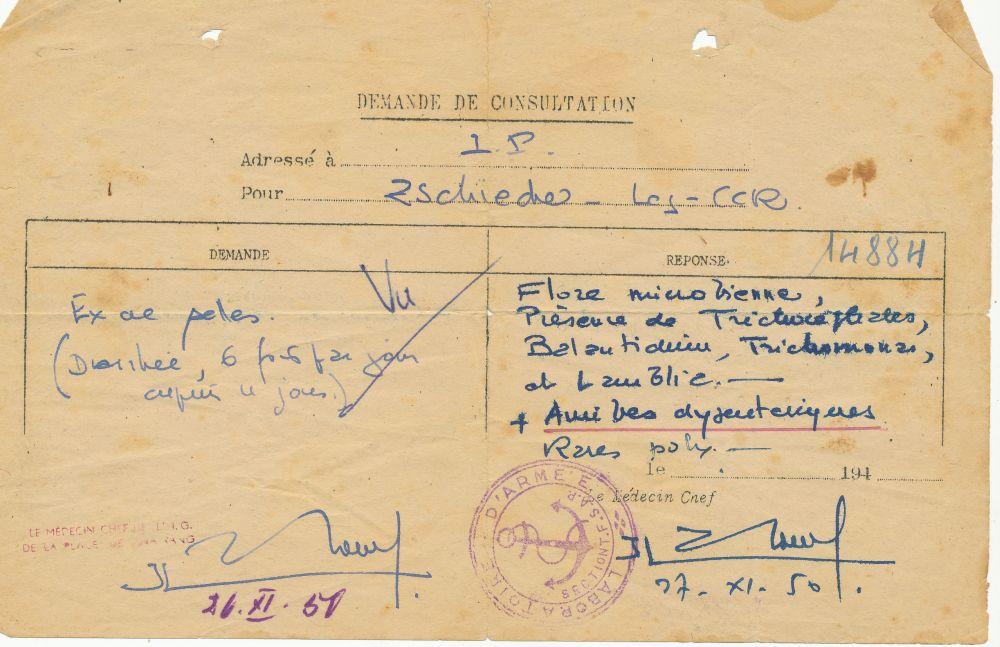
Looks like he had trichomoniasis (STD) and dysentery
0 -
-
- Fantastic collection and thread
0 -
19 hours ago, Glenn J said:
Gentlemen,
I like a challenge as much as the next guy and I thought I had addressed the problem in my earlier reply. With the best will in the World, it will not be possible to identify the owner of these boards:
1. They could be an officer in the rank of Oberst in IR 26 who served at that rank and retired at that rank.
2. They could be be an officer in the rank of Oberst in IR 26 who served at that rank and then subsequently became a general officer.
3. they could be an officer who had previously served in IR 26 and then retired with the uniform of IR 26 after serving with another regiment.
4. They could be an officer who served in IR 26 as an Oberstleutnant and who was characterised as an Oberst on retirement.
5. Ditto for all of the above in Reserve-Infanterie-Regiment Nr. 26.
6. Not to mention Landwehr-Infanterie-Regiment Nr. 26.
And yes, I do have the regimental history of IR 26 with its included Offizier-Stammliste and that will still not positively ID the owner of these boards.
RegardsGlenn
Glenn, outstanding forensic research...really appreciate you doing this
0 -
On 11/03/2021 at 09:02, Vintage Encounters said:
Hello!
I am interested in historical ceramics and have come to your erudite forum and this thread via that, probably seemingly arcane, route!
This is because a ceramic item believed to have the provenance of the couple (or at least Lucy) is currently up for auction and has a small family-derived history included in the sale catalogue (more available on request, apparently).
My interest was piqued by this snippet and so a quick Google later, I find above with great thanks to Dante, the amazing tale of these two infamous folks! I am definitely inspired to write a historical account for publication, based on Lucy and her incredible life, also including the tale and background of her paramour, the roguish Cartwright.
Courtesy of Google Translate, of interest perhaps, here's the French account accompanying the lovely image above of the happy couple at their wedding, again thanks to Dante's diligent detective skills.
"Posted by 'Unknown' October 5, 2017 at 11:28 PM
"Lucy Jonquet was born in Peckham, a modest suburb in south-east London, in 1878. Her family, like many French people of Protestant worship, fled their country during the time of Huguenot religious persecution in the 18th century, and moved to London. The last Jonquet of the line was named Frédéric de Jonquet, and he died in the 1950s without issue. After his first marriage failed he married my maternal grandfather's sister, Mary Laceby, who survived him by 3 years. Freddie was the son of Adolphe, Lucy's older brother. After Mary's death, my mother received from her father, as a memento of her aunt, two opals that were said to have belonged to an Austrian count. My sister has them now, and I myself received a pair of gold cufflinks from Freddie, which I still wear. It wasn't until fairly recently that I started researching Lucy's story. We know she's married twice. The date of the first marriage is unknown, but her husband John Graham is known to have died in Newcastle in the north-east of England in 1898 (when Lucy was only 20 years old). Between 1900 and 1905 little information remains on Lucy's fate before her marriage in Paris to Joseph Hieronyme Rudolph Ferdinand Franz Maria prince Colloredo-Mannsfeld, of Austrian nationality, born in Prague in 1866. How is it that she was in Paris? Where did they meet? We know she was quite tall, from a newspaper article about her then-girlfriend's 1915 trial in London (worth a read). And it is true that the marriage was annulled in 1925 as Cecil informs us above, because Austrian-blood princes can only marry someone of the nobility. My favorite hypothesis is that Lucy, after the death of her first husband, has become, thanks to her size, a dancer - perhaps in London, or perhaps in Paris; then Joseph had a big crush on her and… it didn't last long! Joseph remarried in the 1920s but without having children (he had 60 brooms already, it's not always easy at that age!) And of Lucy we know very little, except that she died in Rome in 1940. Apart from that the only information I have is that my maternal grandfather loved to eat at the restaurant Chez Francis, Place de l'Alma, and that Prince Joseph lived a stone's throw away at 55 avenue de l'Alma . So maybe Freddie had lunch with Lucy there when he was young, and my grandparents went back there with Freddie and Mary after WWII."
Welcome to GMIC, happy to help with your research, please feel free to PM me...
0 -
49 minutes ago, Simius Rex said:
I am referencing my posting #2 above (which hopefully was interesting enough that people actually read it.) If not, I think it might be worth perusing.
The question I would have pursuant to my analysis is this: which one of the above people served as a major, a lt. colonel and a colonel in the IR 26 continuously? This is why I asked if anybody has the regiment's history because it would contain the names of all the officers in the regiment.
https://www.amazon.com/Infanterie-Regiment-Leopold-Anhalt-Dessau-Magdeburg-Kriegsjahr/dp/B01DMTFS98
SR, completely agree and very forensic in your approach....lets hope someone has the book .....thanks again
0 -




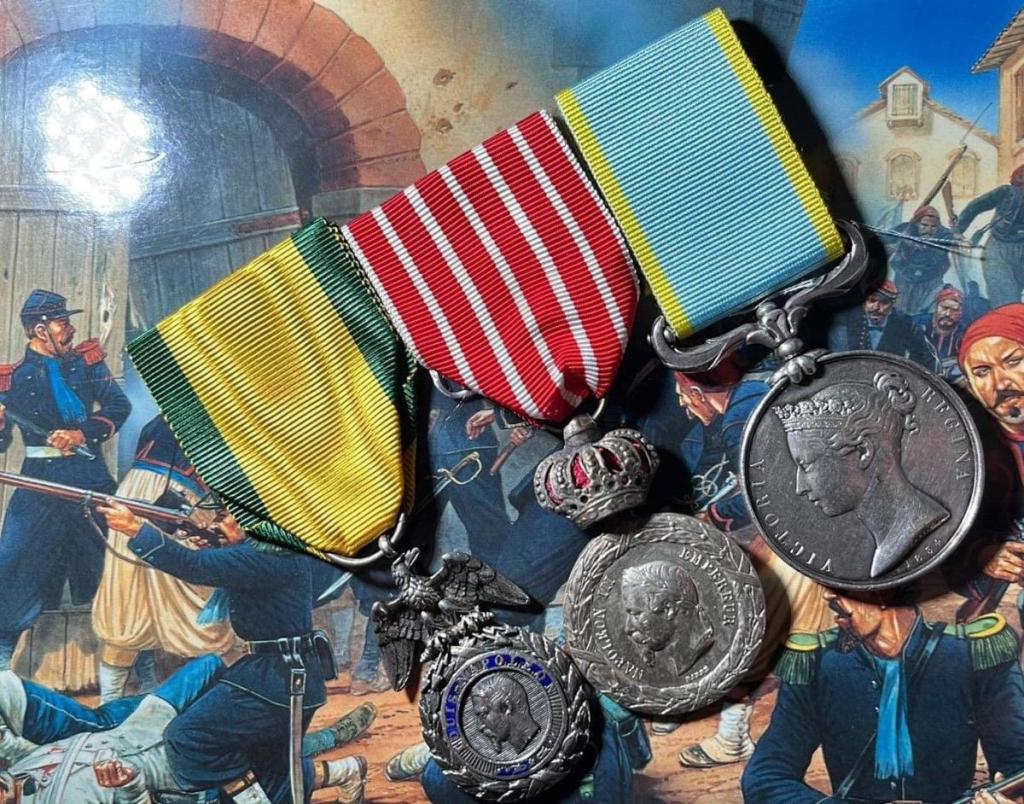
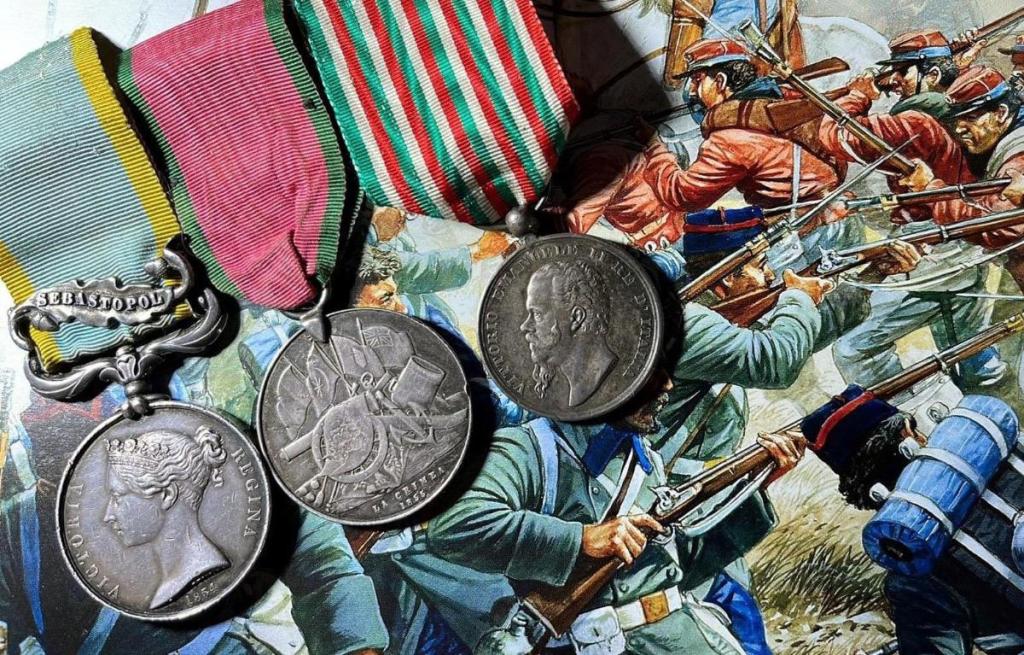

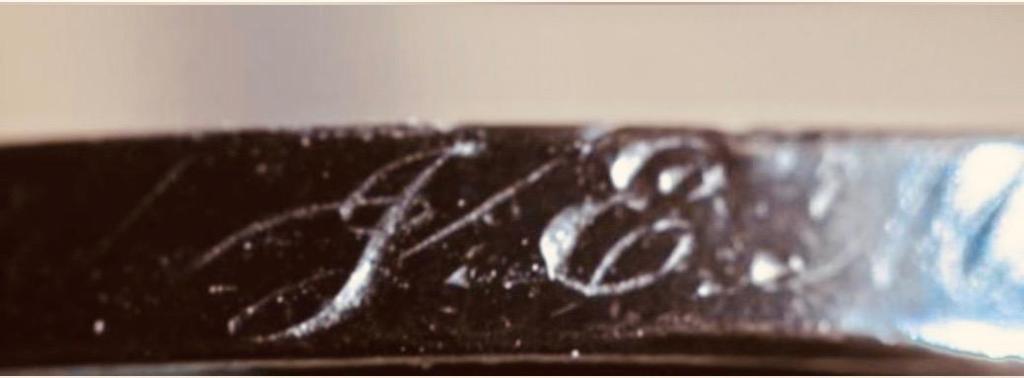



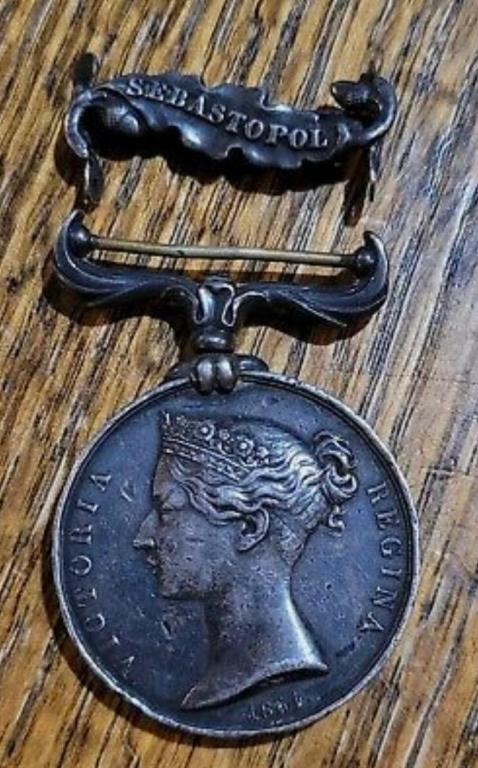
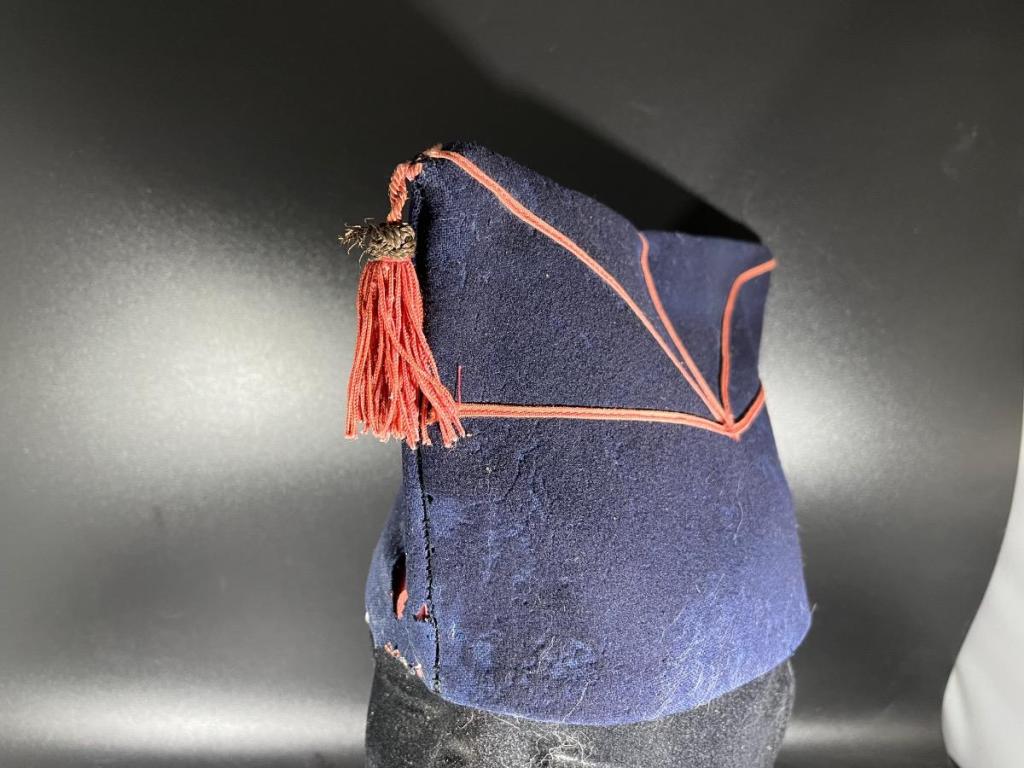
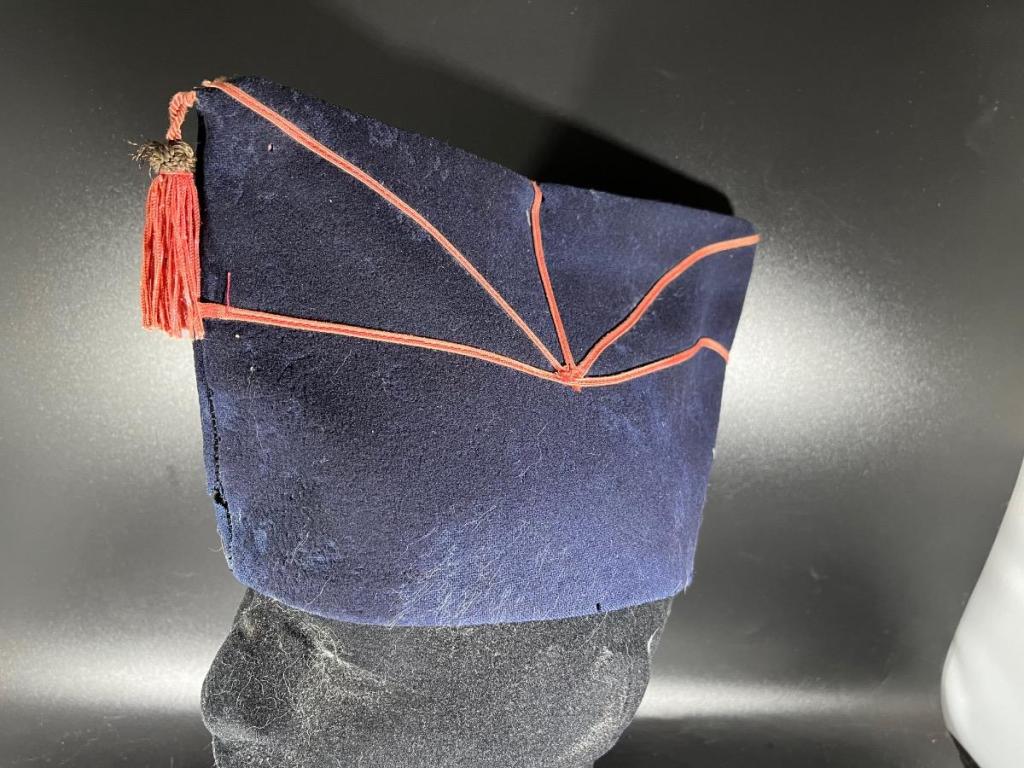

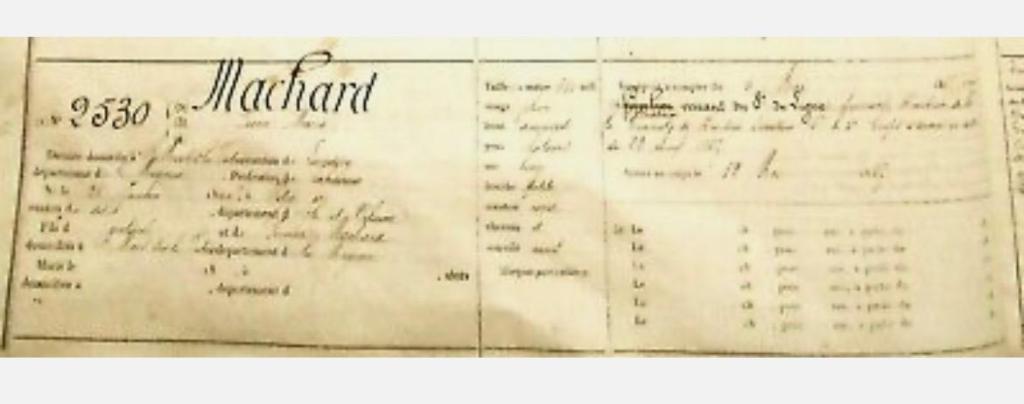
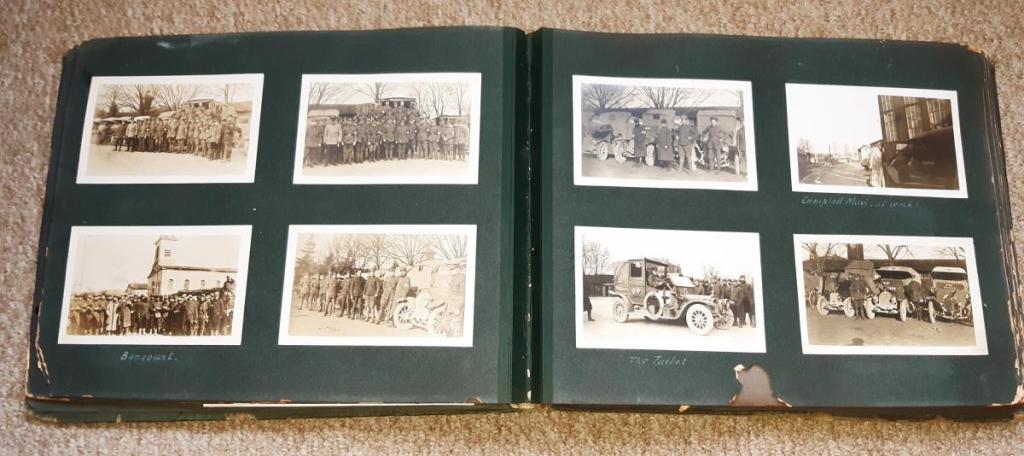
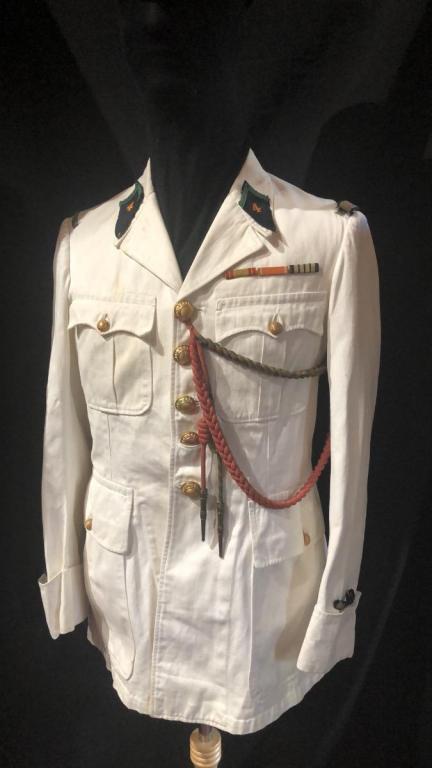

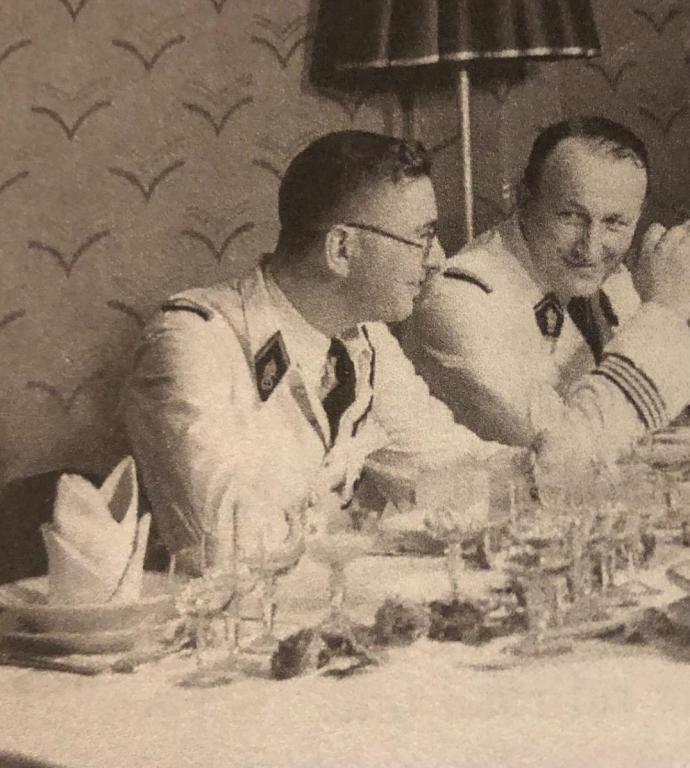
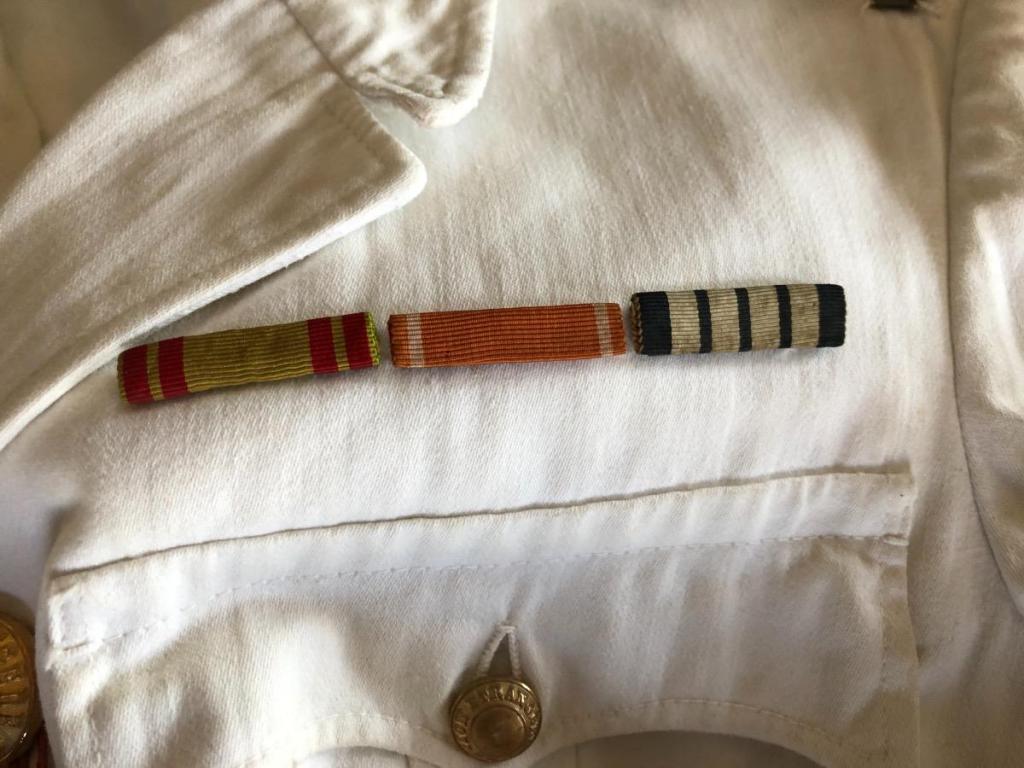
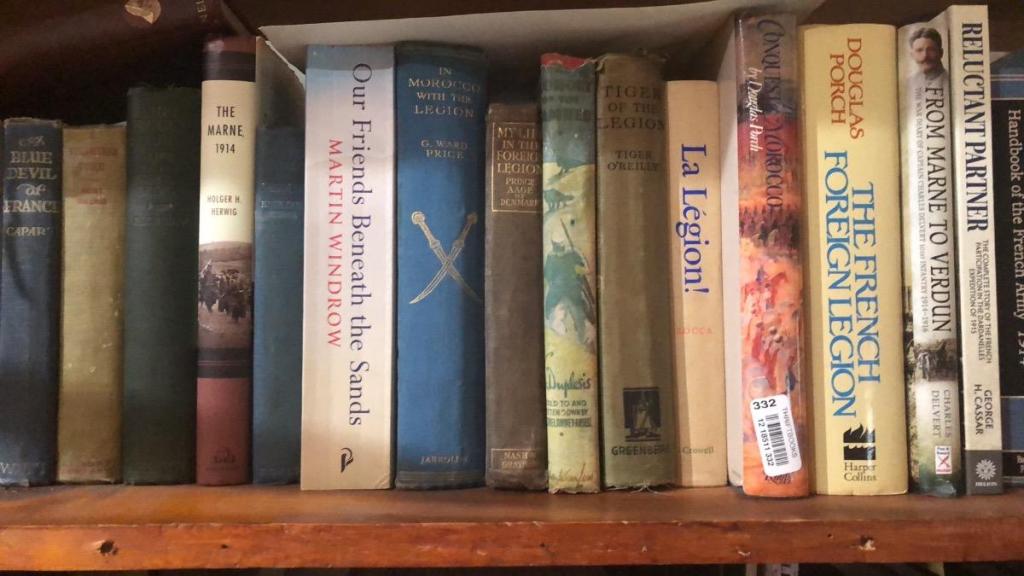
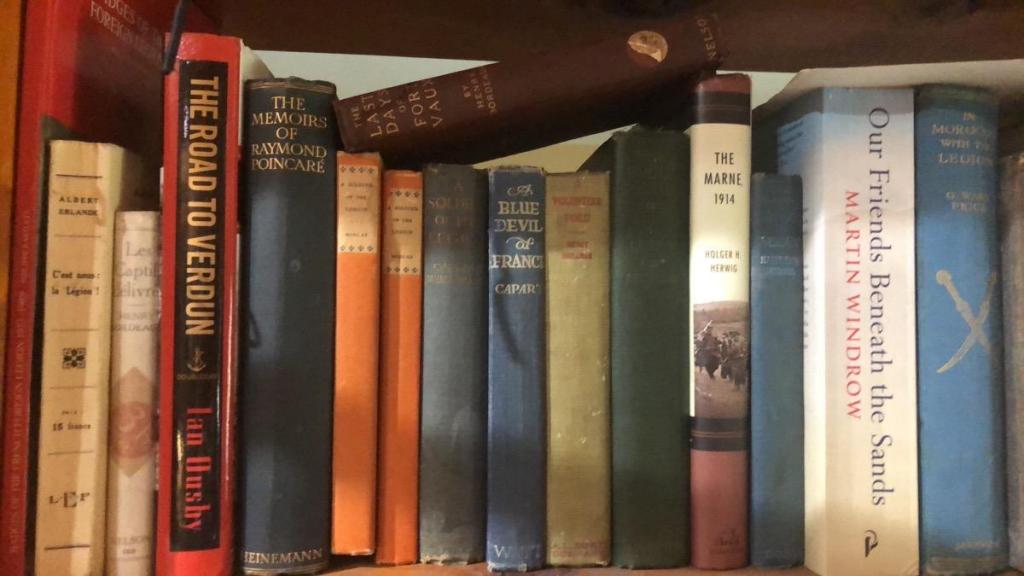
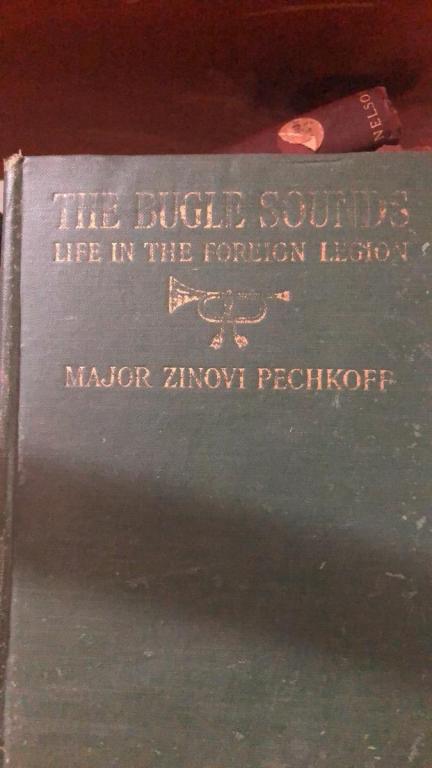
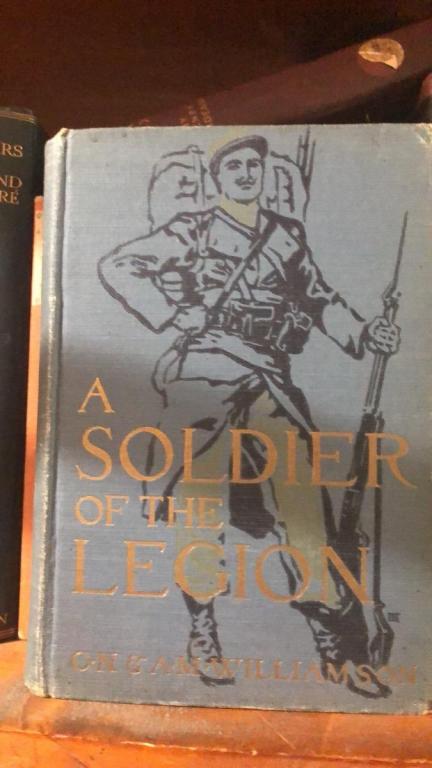

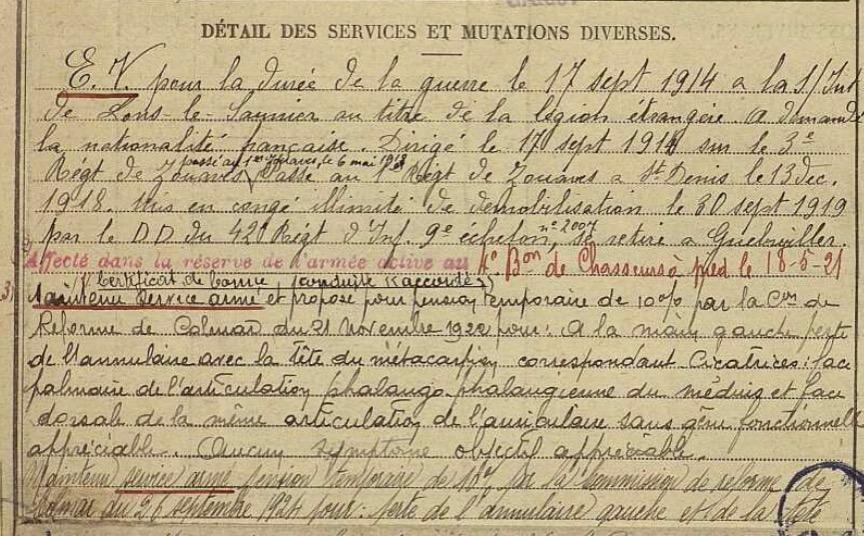
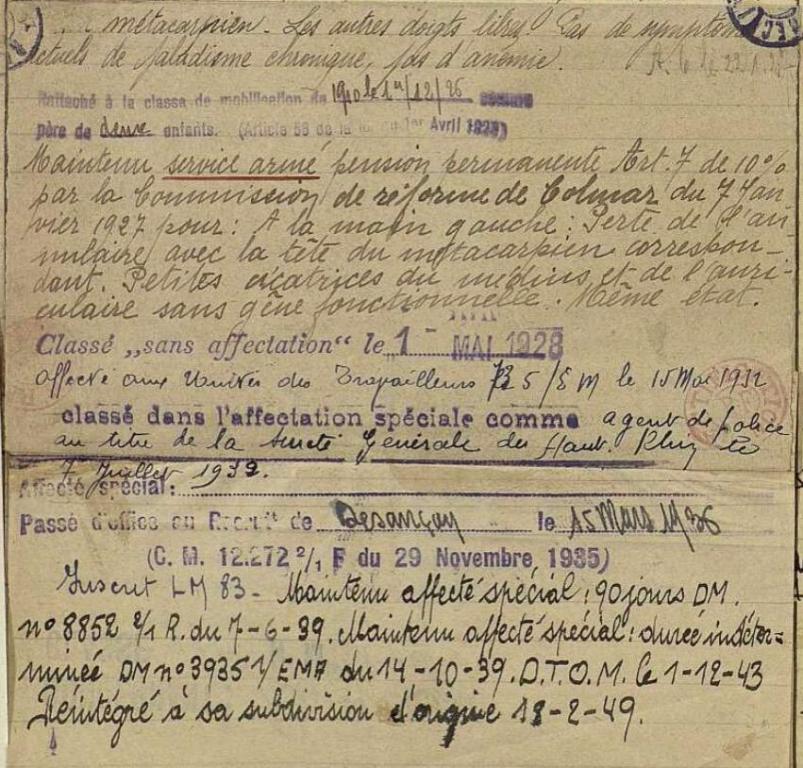
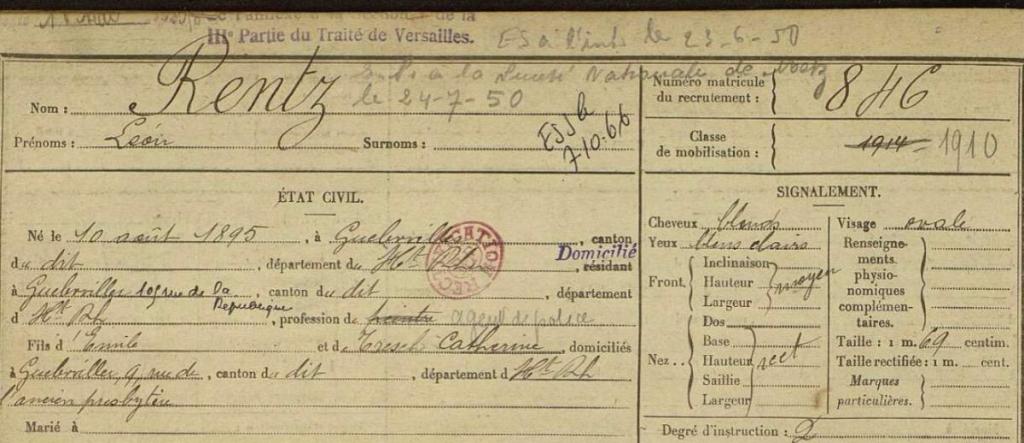
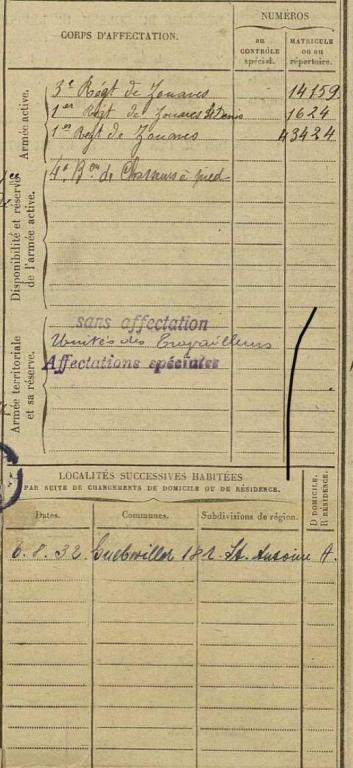
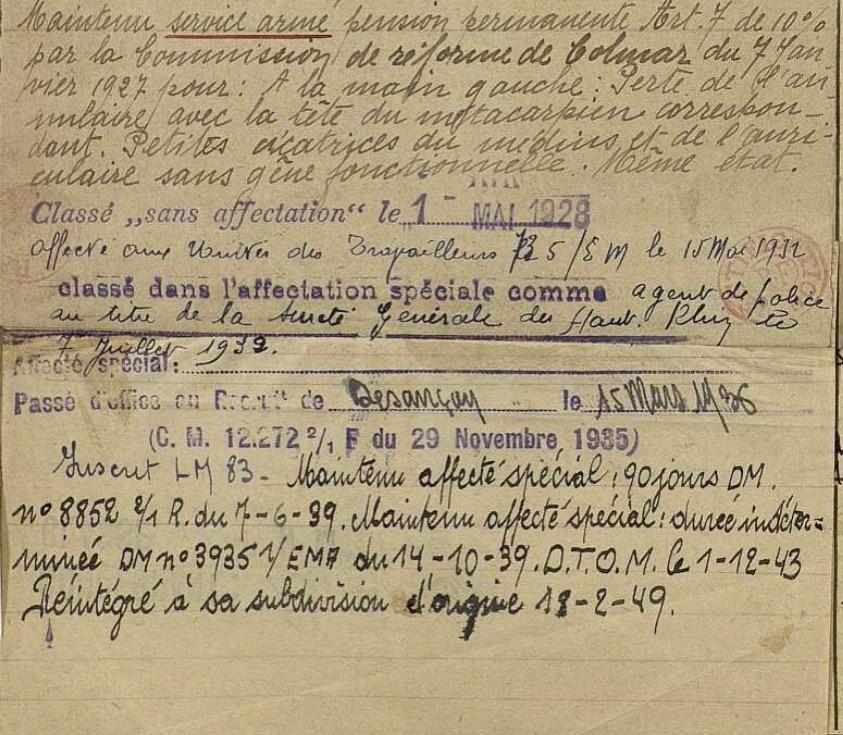
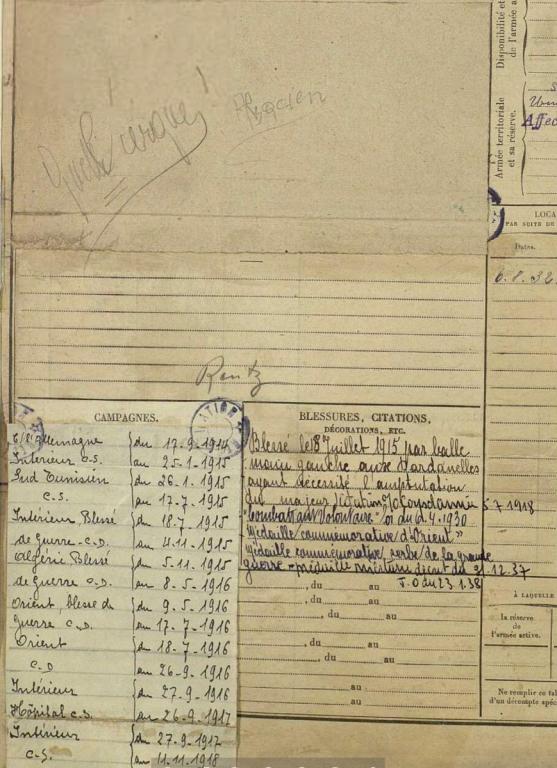

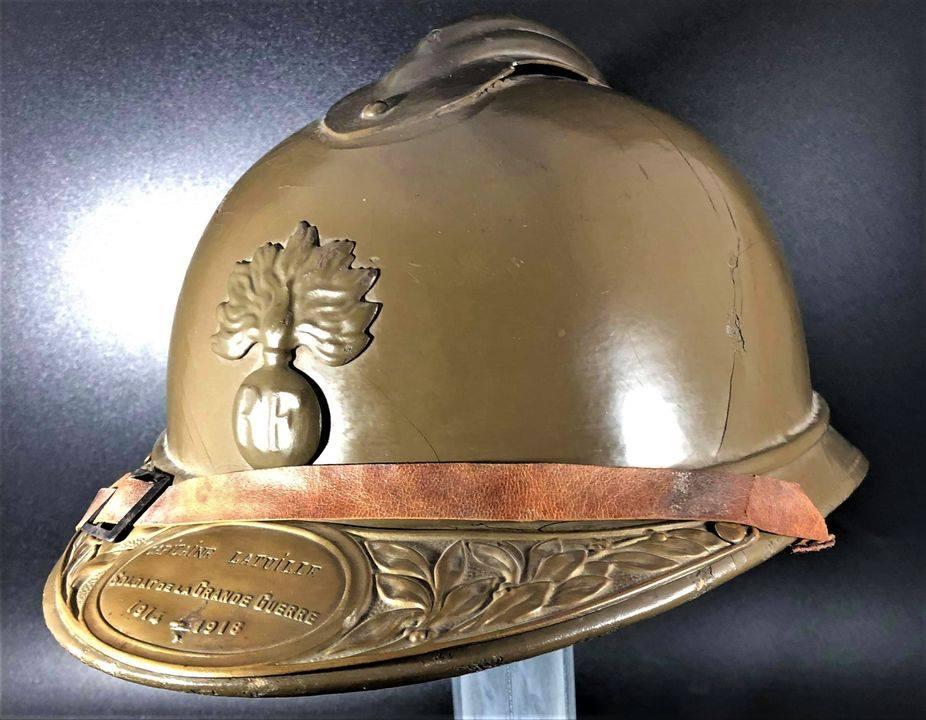

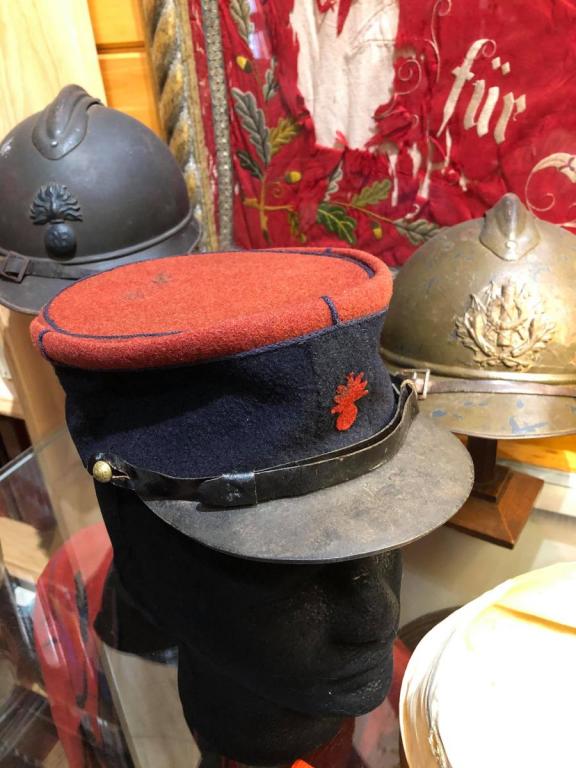
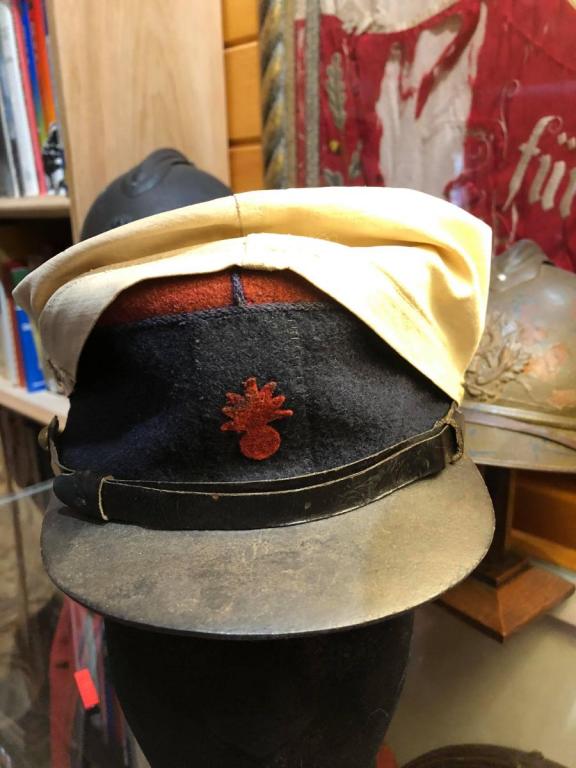
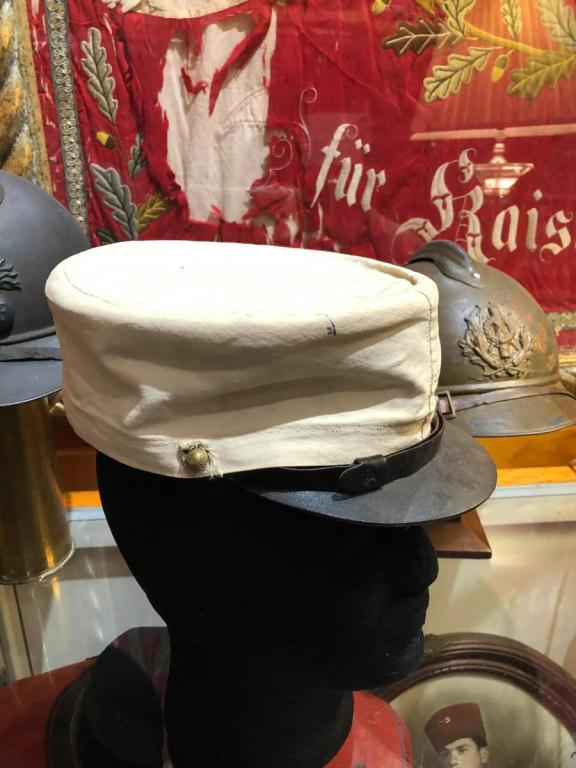
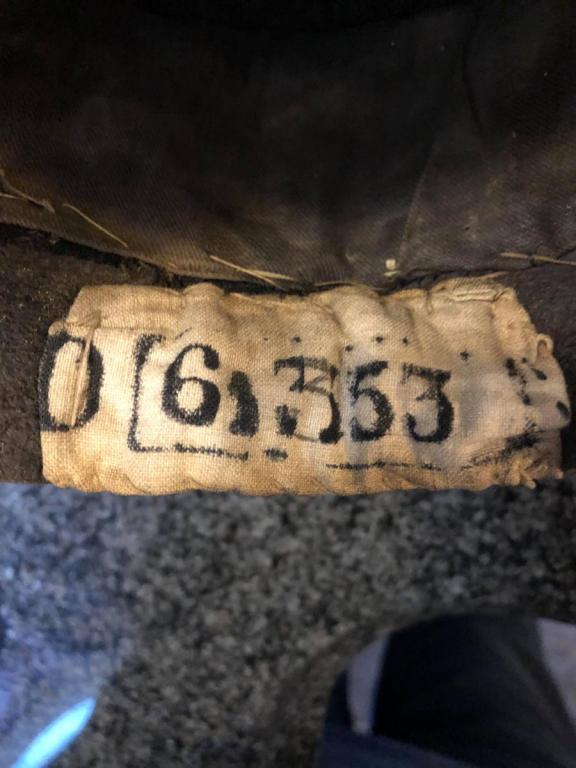
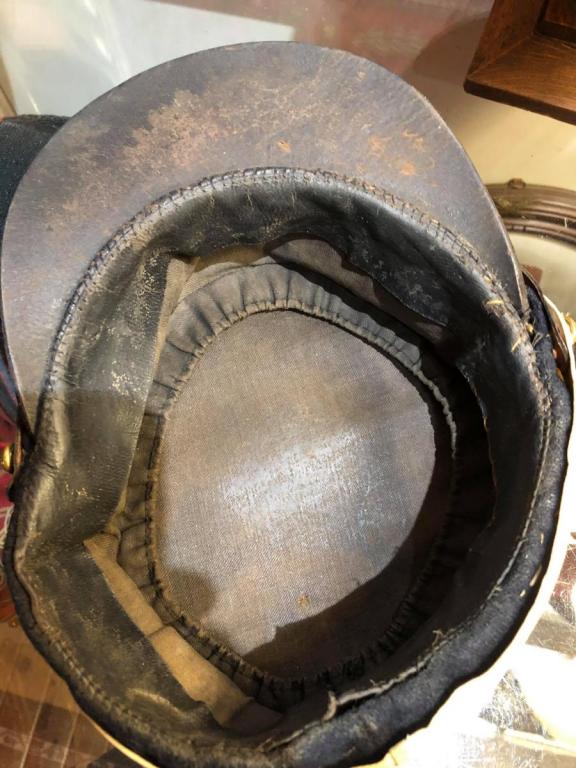

Crimea medal to the French Grenadiers of the Garde Imperiale
in Great Britain: Orders, Gallantry, Campaign Medals
Posted
Named Crimea medal, Jean-Marie ROBERT, 2e régiment de grenadiers de la Garde impériale, born 21 April 1829 at Combourg (Brittany).
His trade listed as "servant”; he was drafted to the 30e de Ligne on 26 December 1850.
Served in 1851 in Paris during the troubled times when Napoleon III seized power.
Joined a Grenadier Company on 13 December 1852.
Sailed to the Crimea on 14 July 1855 with his Regiment - he joined the 2e Grenadiers de la Garde in the Crimea, on 20th October 1855.
The 2e régiment de grenadiers de la Garde impériale was created in 1854. One of its battalion was sent to Crimea and landed there on 28/1/1855, the entire regiment joined it in May 1855. They distinguished themselves during the capture of Malakoff where they took part in the second employed in the second assault, they lost 500 killed in the attack.
Back to France in December 1855 with the Imperial Guard, he was soon released from Service with a "Certificat de Bonne Conduite".
No other details are known